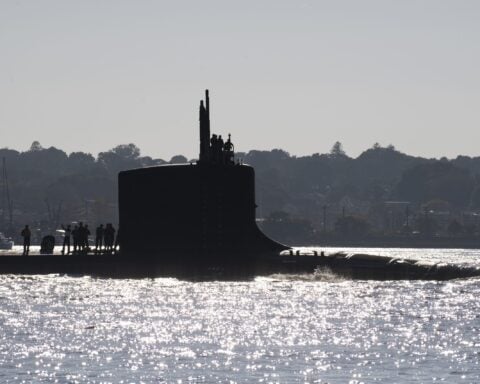From the Aug. 13, 2013 Congressional Research Service Report: Assessing the January 2012 Defense Strategic Guidance (DSG)
On January 5, 2012, President Obama announced a new defense strategy entitled “Sustaining U.S. Global Leadership: Priorities for 21st Century Defense,” and commonly referred to as the defense strategic guidance or “DSG”. The DSG was significant at the time because it was explicitly intended to reshape future Department of Defense (DOD) priorities, activities, and budget requests for the following decade. That reshaping meant, in part, reducing defense spending by about $487 billion over 10 years, to meet the initial budget caps set in the Budget Control Act (BCA) of 2011.2 And it meant in part refining DOD’s 10-year strategic outlook in response to changes in the global security environment and the end of the decade of warfare that followed the terrorist attacks of September 11, 2001.
The DSG is significant now, in 2013, because it is still intended to serve as the strategic foundation for further DOD policy and resource decision-making, under tighter fiscal constraints. By all accounts, the Strategic Choices and Management Review (SCMR), conducted by DOD at the direction of Secretary of Defense Chuck Hagel during spring 2013, adopted the DSG as its baseline and tested options for cutting costs against the impact such steps might have on DOD’s ability to execute that defense strategy. The Quadrennial Defense Review (QDR), which is statutorily mandated to be conducted in 2013, with a report based on the review due to Congress in February 2014, is also expected to be based broadly on the premises of the DSG.
Importantly, the DSG did not account for the possibility of sequestration—further significant, across-the-board cuts triggered by the BCA. At the time the DSG was issued, defense officials stated that, were they directed to find an additional $500 billion in cuts, the guidance would not apply, and DOD would have to shed “missions and commitments and capabilities that we believe are necessary to protect core U.S. national security interests.” This year, discussing the outcome of the SCMR, senior DOD officials argued that sequester-level budget cuts would “break” some parts of the defense strategy as reflected in the DSG, and that an “in-between” approach, half-way between sequester-level cuts and the President’s budget request, would “bend” the strategy.





